Butter… What’s Baking Without It?
Did you know that September was National Butter Lover’s Month? Deep down in my Swedish heart of hearts, I just knew some month had to be devoted to butter!
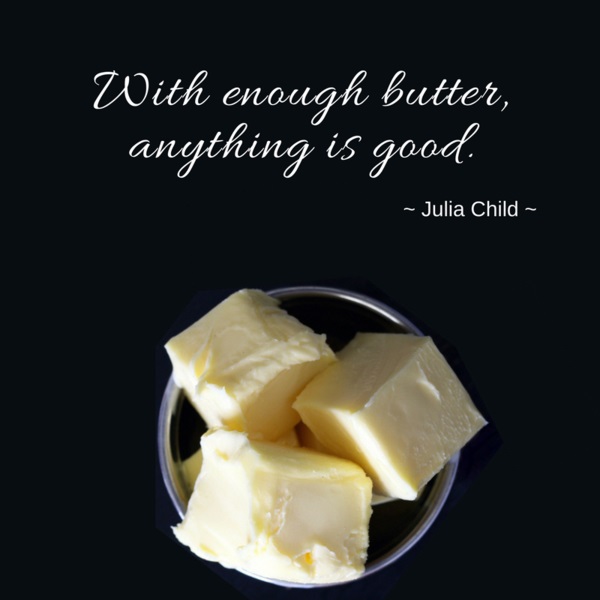
Even though I’m off by a month, I want to talk about butter (we use so much during the holidays, what with our baking and all). So let’s get to know this precious food.
Here’s what I found out on a favorite site, Food 52 (www.food52.com): Previously shunned for its levels of saturated fat, butter is thankfully making a comeback. Sure, you can often substitute various oils for butter, but it’s really best to stick with good old, basic (or not-so-basic) butter.
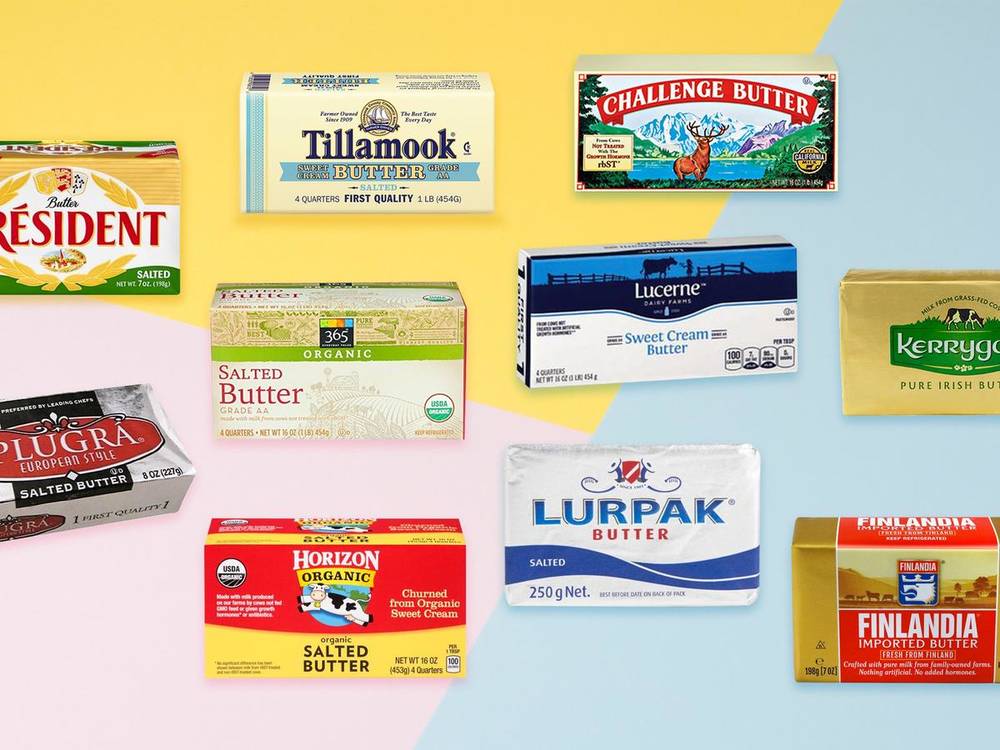
One thing you should know, though: Not all butter is created equal. Characteristics such as flavor and smoke point depend on a number of factors, including:
Animal type and that animal’s diet: Cow, sheep, and goat milk all produce differently-flavored butter, as do grain-fed and grass-fed animals.
Handling of the product: Pasteurization and culturing will also affect the final product.
Moisture content: Butter is made up of milk solids (proteins), butterfat, and water; their ratio affects consistency and smoke point.
While there are a wide range of butters out there, they don't vary in flavor as much as their close relative, cheese, does. But who knows -- maybe we’ll start referring to the terroir of butter in the near future.
(Huh? Terroir? Well, “terre” means “land” in French. Terroir, therefore, is a French term meaning all food expresses a sense of place. In other words, each farm is unique so the combined effects of terroir take time to be revealed in any food.)
Anyway, and in the meantime, here’s some good-to-know information to aid in your butter selection process.
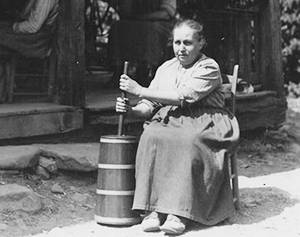
Let’s start with a little history: The industrial era all but eliminated the need for home churning. It brought the butter we're used to seeing onto supermarket shelves. This butter contains 80 to 81% butterfat (this percentage varies between brands).
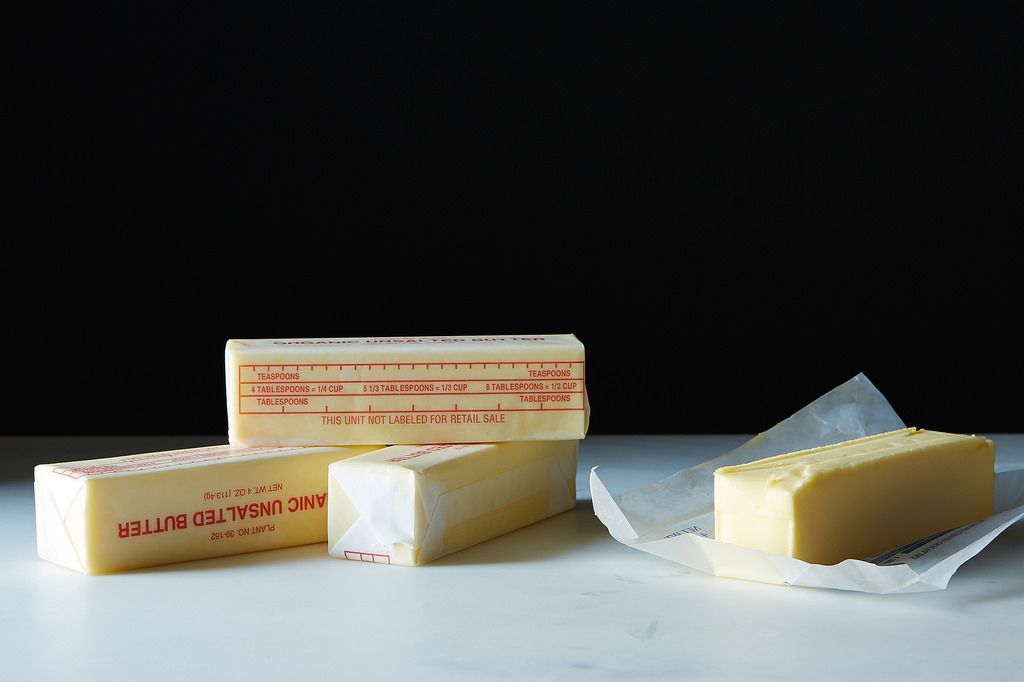
Producers also began pasteurizing milk during this time, which resulted in butter made from sweet cream (which is why unsalted butter is often called "sweet cream" butter). It’s the most common and is considered “classic” butter.
And by the way, baking traditions hold unsalted butter in the highest esteem, as it allows for better control over the salt content of your finished product. Best uses for classic butter: Anything and everything, especially baked goods.
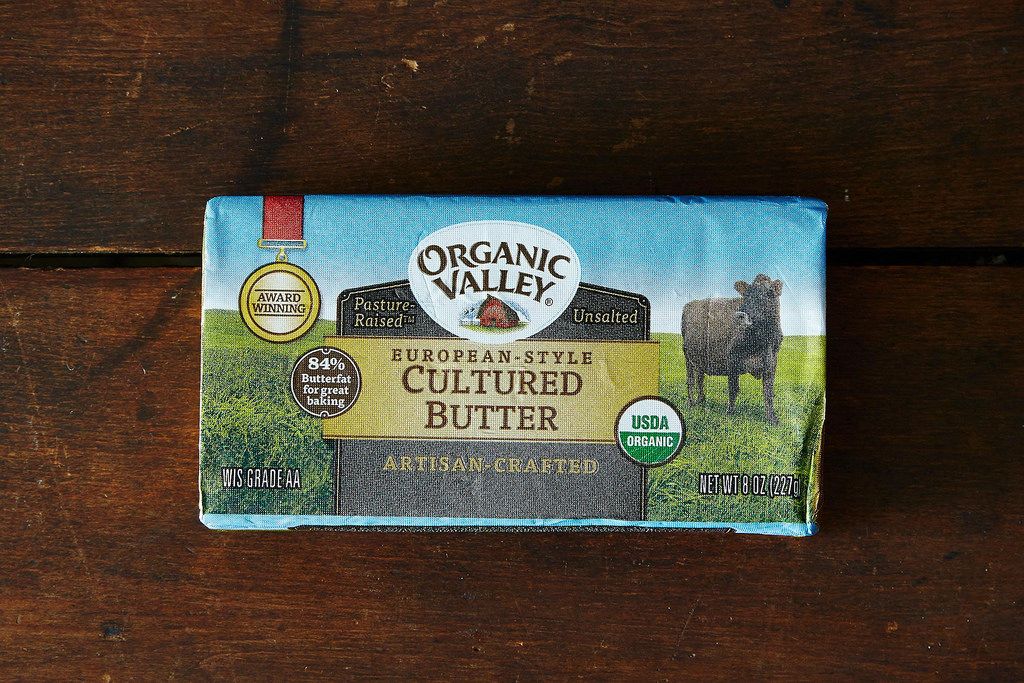
Then there’s “cultured” butter. Cultured butter comes from fermented or soured cream, rather than sweet cream; fermentation occurs because of the trace amounts of lactose (a sugar) that's present in the cream.
For years, if you wanted cultured butter, you bought something that had been imported from Europe. Luckily, starting in the late '90s, American producers began making it themselves. The higher fat content of cultured butter (82 to 86%) is its main differentiating factor; this comes from a longer churning time, and the removal of some moisture.
The diversity in taste and appearance of cultured butter comes from the cow's diet, and whether the milk used is raw or pasteurized. If the cows are grass-fed, the butter will have a brighter yellow hue, and a funkier flavor. Best uses: Since the price point is higher, Food 52 recommends reserving cultured butter for pastry and pie doughs, or simply for slathering on radishes and bread.
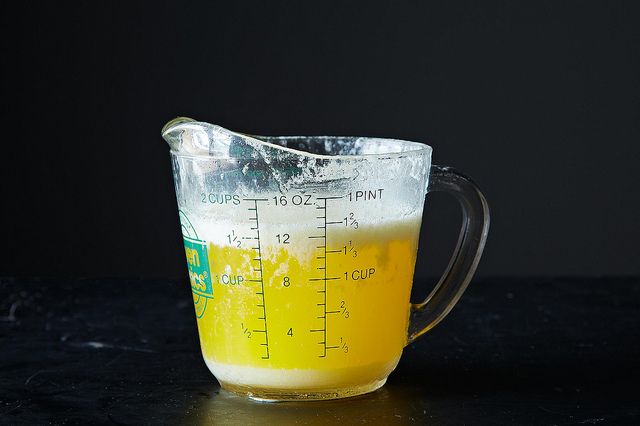
But there’s still more butter varieties. Clarified butter, for instance, is used for cooking at high temperatures (up to 485° F). It's made by removing the milk solids from unsalted butter, so there are no proteins to burn.
And ghee takes clarified butter a step further, by cooking it longer and taking it to a higher percentage of butterfat; occasionally, it is seasoned with turmeric. Commonly used in Indian cuisines, ghee stays fresh for long periods of time at room temperature, so you're free to store it out on your counter.
Both clarified butter and ghee really aren’t meant for baking. As mentioned above, their best use is in high-temperature cooking.
So there you go, fun facts to know and tell at your next holiday meal. Pass the butter, please.
- www.indigotrue.com
- www.myrecipes.com
- www.askaprepper.com
- www.food52.com
 Alice Osborne
Alice Osborne
Weekly Newsletter Contributor since 2006
Email the author! alice@dvo.com
